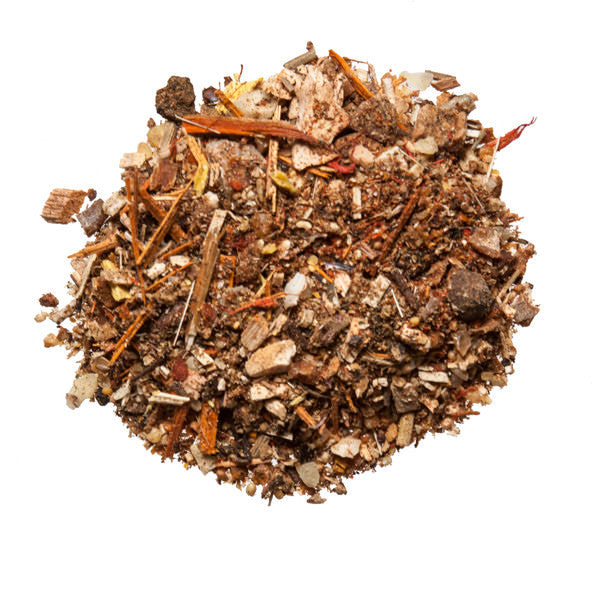

nuherbs is a wonderful group that has offered me great flexibility in producing articles for their newsletter for years now. Thanks Bob! Wilson Lau and the rest of the nuherbs staff for helping work out details on organizing and carrying this book in their inventory of texts for the Chinese medical field.

This was relatively important given Bob's background. ISBN: X ISBN-13:Ĥ Table of Contents Acknowledgements vi Foreword vii Disclaimer ix PART I OVERVIEW 1 Section 1 Antagonisms and Counteractions 3 Section 2 Understanding the Templates 6 PART II HERB TEMPLATES 13 Chapter 1 Herbs That Release Exterior Heat 14 Chapter 2 Herbs that Release Exterior Cold 28 Chapter 3 Heat-Clearing Herbs 49 Chapter4 Herbs that Act as Purgatives 88 Chapter 5 Herbs that Dispel Wind-Dampness 96 1llĥ Chapter 6 Aromatic Herbs that Dissolve Dampness 132 Chapter 7 Herbs that Regulate Water and Dissolve 142 Dampness Chapter 8 Herbs that Warm the Interior 155 Chapter 9 Herbs that Regulate Qi 175 Chapter 10 Herbs that S top B leeding 195 Chapter 11 Herbs that Invigorate the B lood and 214 Remove S tasis Chapter 12 Herbs that Resolve Phlegm 272 Chapter 13 Herbs that Calm the S hen 296 Chapter 14 Herbs that Calm the Liver and 311 Extinguish Wind Chapter 15 Herbs that Open the Orifices 323 Chapter 16 Herbs that Tonify 331 Section 1 Qi Tonifying Herbs 334 Section 2 Yang Tonifying Herbs 352 lvĦ Section 3 Section 4 Blood Tonifying Herbs Yin Tonifying Herbs Chapter 17 Herbs that are Astringent 398 Chapter 18 Herbs for Topical Application 408 Bibliography 423 Glossary of Terms 424 Resources/Businesses of Interest 431 Index of Chinese Herb Names 432 vħ Acknowledgements The author would particularly like to thank the following people for their contributions to the completion of this book: Bob Asbridge for on-going efforts over several years, supporting a variety of aspects of PlumDragon Herbs, contributing to the private forum, and performing rushed last minute editing of this book. No part of this book may be produced in any form or by any electronic or mechanical means including information storage and retrieval systems without permission in writing, except by a reviewer who may quote brief passages for review.
Tom bisio liniment how to#
We will discuss how to choose which method and product based on the goal of balancing Yin and Yang and, of course, being able to maintain and enhance our Yoga practice and hopefully, enhance the practice of others.3 COPYRIGHT 2012R Josh Walker All rights reserved.

The second part of the seminar will answer the question, “What is all that stuff in those stores in Chinatown?” Equipped with a better understanding of how Chinese Medicine works, we will learn some techniques to deal with injuries and how to use plasters, liniments, oils, moxabustion, cupping, and Gua Sha. The first part of this workshop will answer the question, "How does Chinese Medicine work?" The short and best answer is, “By balancing Yin and Yang.” The obvious next question is, “What is Yin and Yang?” To answer that, we will explore the history, theory, modalities, anatomy, physiology and “psychology” of Chinese Medicine and how these also apply to our Yoga practice.


 0 kommentar(er)
0 kommentar(er)
